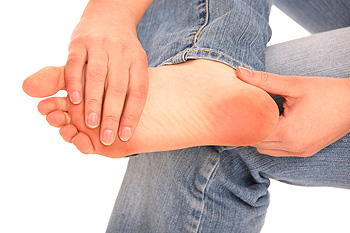Spring into Pickleball: Tips to Avoid Common Injuries! 🌸🏓
|
Hello fellow Picklers, As the weather warms up and spring blooms around us, many are eager to dust off their pickleball paddles and hit the courts. Pickleball is a fantastic sport for individuals of all ages, offering a fun way to stay active and socialize. However, returning to the court after a period of inactivity can put you at risk for certain injuries, especially if proper precautions aren't taken. Let's take a look at common upper body injuries in pickleball and how to prepare best to avoid them. Understanding Common Injuries:
It's crucial to listen to your body and seek medical attention if you experience any of these symptoms. Pressure, Rest/Refer, ice, compression, and elevation (PRRICE) can be helpful in the immediate aftermath of an injury, but a proper diagnosis and a treatment plan from a healthcare professional, such as a physiotherapist, are vital for a full recovery. (see more in our Acute Injury Management including PRRICE & Ice Application) If you have any concerns or questions about these injuries or need assistance with a current condition, please don't hesitate to reach out. Your well-being is our priority, and we are here to support you every step of the way. Stay safe and happy playing! Melanie Tuck, Certified Athletic Therapist
|
Collegiate Sports Medicine
As therapists, we see many clients who experience foot pain that affects their daily activities, work, and even their favourite hobbies. Foot pain can stem from various causes, including poor biomechanics, overuse, improper footwear, or underlying medical conditions. Fortunately, several effective treatment options are available to help alleviate discomfort and prevent further issues. Common Causes of Foot Pain Foot pain can be caused by multiple factors, including: Plantar Fasciitis –...
Winter Workout Safety Tips: Stay Fit, Stay Safe The winter season may bring frosty mornings and chilly winds, but it shouldn't be a reason to put your fitness goals on ice. With the right precautions, you can maintain a safe and effective workout routine even in the coldest months. Below we'll delve into essential winter workout safety tips to help you stay fit and injury-free throughout the season. 1. Dress in Layers Layering is the key to a successful winter workout. Begin with a...
Balance – Is there such a thing? Life, Nutrition, Exercise “Life is like riding a bicycle. To keep your balance, you must keep moving.” Albert Einstein As children, balance was part of play. We mastered it in the gymnasium or while riding our bikes. The teeter-totter was a major balancing challenge. As adults, balance has taken on a whole new meaning – and how do we fit nutrition in? Most people focus on attempting to balance work and play, stress and joy. Those who balance well understand...
